Introduction: The Rise of the Biohackers
The desire to create is one of the deepest yearnings of the human soul. This quote from Dietrich Bonhoeffer resonates deeply in today's age of personalized science and innovation. Just as through the ages we've aspired to forge our destinies—be it through art, technology, or even cooking—the field of genetic engineering now beckons us with similar promises. No longer just a sterile laboratory affair, the realm of biohacking invites the curious souls to tinker with DNA as if adjusting the recipe for a better soufflé. This is the essence of gene hacking; it’s where creativity meets biology.
So, here’s a thought: What if we could all become our own genetic designers? Imagine non-professionals, even those with a penchant for DIY and a sprinkle of whimsy, stepping into the arena of genetics. The possibilities are both thrilling and terrifying, aren’t they?
This article will lead you on a journey into the captivating world of DIY genetic engineering. We’ll delve into the implications of gene hacking, unravel the challenges it poses, and explore the vast potential it holds for reshaping our future. From ethical considerations to the cutting-edge technologies that propel this movement forward, it’s time to embrace the wild frontier where science and personal ambition collide.
Definition: Gene Hacking: The act of experimenting with and altering genetics using DIY tools and techniques, often outside traditional laboratory settings, democratizing biotechnology and genetic engineering.
1. The Advent of Biohacking: A Historical Perspective
The biohacking movement didn’t spawn from thin air. Its roots can be traced back to a slew of groundbreaking discoveries and innovative thinkers who dared to redefine the boundaries of scientific inquiry. Ever heard of Watson and Crick? Those two dashing chaps turned the world upside down when they unveiled the double helix structure of DNA. Their work marked the dawning of genetic engineering, igniting a wildfire of curiosity and ambition that lit the path for today's DIY biohackers.
1.1. The Birth of Genetic Engineering
The origins of genetic engineering stretch back into the 1970s, when pioneers like Paul Berg and his colleagues initiated recombinant DNA technology. They intertwined genes from different organisms, creating blends that would later lead to breakthroughs like insulin production in bacteria. Talk about sweet solutions for diabetes! These efforts helped establish a foundation, demonstrating that tweaking life at the molecular level wasn't just a fantasy.
1.2. The Open-Source Biology Movement
Fast forward to today, and platforms like DIYbio.org are democratizing access to life-altering tools. With videos, forums, and tutorials, bioenthusiasts are no longer limited by the confines of academic institutions. They can grab some supplies, roll up their sleeves, and start tweaking DNA in their garages. It’s akin to a science fair on steroids, where you may just find a 12-year-old tackling complex genetic modifications whilst munching on a slice of pizza. The barrier to entry has significantly lowered, and with it, the potential for innovation has exploded!
2. Tools of the Trade: The Technology Behind DIY Genetic Engineering
Modern biohacking is propelled by advanced yet accessible technologies. With the fall in costs of sequencing, synthetic biology tools, and CRISPR kits, the DIY biohacker now has unprecedented access to tools once reserved for professional labs. This section dives deep into the specific technologies that are enabling this shift.
2.1. CRISPR-Cas9 Technology
When you think of gene editing, CRISPR-Cas9 probably pops into your head like a catchy tune. This revolutionary technology allows researchers to change DNA sequences and modify gene function. It's like having a high-tech pair of scissors for genetics! With CRISPR, biohackers can edit the genes of organisms quickly and accurately. According to a study published in Nature, CRISPR has made gene editing cheaper and faster, turning even the most complex genetic engineering into a DIY project that can happen right in your garage. Talk about a new kind of home improvement!
2.2. Other Key Technologies
Besides CRISPR, there are other exciting technologies bolstering the DIY biohacking movement. For example, 3D biological printing allows users to create living tissues layer by layer. It’s like building a Lego set, but instead of plastic bricks, you’re working with cells. This opens up amazing possibilities in medicine, as you can print everything from skin grafts to organs! That might bring a whole new meaning to “printing money.” Neural engineering and genetic circuit design further provide biohackers a chance to create “biological machines.” Yes, we’re talking about living organisms behaving in ways that were once the stuff of science fiction.
3. Ethics and Safety: The Dark Side of DIY Genetic Engineering
With great power comes great responsibility, and the field of DIY biohacking is no exception. This section tackles the ethical dilemmas and safety concerns surrounding at-home genetic modifications. Because let’s face it: nobody wants to accidentally turn into a mutant ninja turtle. Ethical practices are crucial!
3.1. Ethics of Genetic Modification
The debate surrounding genetic modification often resembles a high-stakes tug-of-war. On one side, you have incredible prospects like eliminating genetic diseases or enhancing human capabilities (cue the superhero theme music!). On the other side, there are ethical quandaries involving designer babies, species modification, and the whole “playing God” aspect. Should we create humans with “superpowers”? Is it ethical to alter plants to make them responsible for saving the world? Decisions, decisions! A survey by the American Association for the Advancement of Science found that the majority of people are excited about the potential benefits but also worry about unintended consequences. Balancing these benefits with responsible ethics is the name of the game.
3.2. Safety Concerns and Regulations
Gene hacking can sound like a sci-fi movie gone right, but let’s not forget that there are safety concerns lurking in the corners. When experiments are done without proper oversight, things can go awry—like the time a hamster became a chili pepper (okay, maybe that was just wishful thinking). Currently, regulations vary widely depending on your location and the specific activities performed. Some countries have stricter rules while others are more lenient. According to the National Academy of Sciences, more stringent regulations might be necessary to ensure safety in DIY genetic engineering. This means it’s crucial for enthusiasts to stay informed and understand the importance of safety protocols—because no one wants to accidentally turn their pet fish into a goldfish-werewolf hybrid!
4. The Impact on Industries: Medicine, Agriculture, and Beyond
DIY genetic engineering isn't just a fun hobby—it's set to disrupt entire industries! From healthcare to agriculture, gene hacking is ready to turn the world upside down. But how exactly will it make waves?
This section dives into the potential societal impacts of DIY gene hacking, exploring how everyday citizens armed with genetic tools can innovate solutions, reshape healthcare, and create sustainable agriculture. Get ready; the world might look very different soon!
4.1. Transforming Healthcare
Imagine a future where your healthcare is tailored exclusively to you. That's the promise of DIY genetic engineering! With advancements in personal genomics and gene editing, each of us may one day have a say in our medical treatments. Here are some key points to consider:
- Personalized Medicine: Patients can benefit from tailored treatments based on their genetic makeup, enhancing effectiveness.
- Prevention and Early Detection: Genetic testing can provide insights into hereditary diseases, leading to proactive healthcare measures.
- Affordable Solutions: With DIY biohacking, the costs of genetic engineering tools are decreasing, making experimental treatments more accessible.
This shift to personalized medicine could fundamentally change healthcare delivery, making it more efficient and effective. Some startups like 23andMe are already paving the way for direct-to-consumer genetic testing.
4.2. Innovations in Agriculture
Remember when we relied purely on traditional farming methods? Those days are quickly fading. With the advent of DIY genetic engineering, how we grow our food could be revolutionized. Here are a few exciting potentials:
- Sustainable Crops: Biohackers can develop crops that are more resilient, require less water, or can grow in poor soil conditions.
- Pest Resistance: Gene editing can create plants that fend off pests without harmful chemicals, reducing environmental damage.
- Enhanced Nutritional Value: Modifying plants can improve their nutritional profile, leading to healthier food options.
The future could see families using DIY projects to cultivate their own nutrient-rich foods, promoting not just health benefits, but also local economies. Consider checking out organizations like American Society of Agronomy for more on sustainable agricultural practices.
5. The Future Landscape: Predictions for DIY Genetic Engineering
So, what does the future hold for DIY genetic engineering? Predictions are exciting yet versatile. We can imagine everything from strict regulations to a new era of open-access biotech hubs. What do you think will happen? Here’s a snapshot of possible scenarios:
5.1. New Frontiers in Human Enhancement
The biohacking community is buzzing with ideas about creating "superhumans" through genetic modifications. But what does that mean for our society? Let’s explore:
- Enhanced Abilities: DIY gene hackers envision a world where people can enhance their physical and cognitive abilities.
- Medical Advancements: Imagine having the power to modify your genes to prevent diseases before they even start!
- Ethical Considerations: This could lead to ethical issues about access, regulation, and what it means to be human.
We know that advancements in gene editing will spur debates on ethics and acceptance. What if your neighbor had modified immunity against a disease that you didn't? What might that mean for community health? The conversations will be vital as we move forward.
5.2. Biological Open Source: Potential and Pitfalls
Could a world where biology is as open-sourced as software be a reality? Some believe this is not just a fantasy:
- Accessibility: Gene editing tools could become available to everyone, facilitating groundbreaking innovations.
- Collaboration: Researchers and hobbyists around the world can share findings, challenges, and breakthroughs.
- Risks: Unregulated experimentation could have unforeseen consequences, reminding us of the need for responsible practices.
Consider the implications: would this democratization of genetic engineering lead to a flourishing innovation ecosystem or unleash chaos? It’s a debate we’ll all need to join. The DIYbio.org community emphasizes safety and ethical responsibility as we explore these uncharted waters!
6. AI Solutions: How Would AI Tackle This Issue?
As we venture into the complex maze of DIY genetic engineering, Artificial Intelligence (AI) could serve as our guide, illuminating pathways through uncharted territories. The intersection of AI with biohacking opens doors to revolutionary methods of experimentation, oversight, and analysis. Here’s how AI could transform gene hacking into a structured and rigorous scientific pursuit.
6.1. Data Analysis and Predictive Tools
One of the most significant challenges in genetic engineering is deciphering the enormous amount of data generated by experiments. AI can be the key to unlocking this complexity. Machine learning algorithms can analyze vast datasets to predict outcomes of genetic modifications. Imagine a 23andMe for gene hackers, where AI predicts how a certain genetic modification might manifest based on historical data. Research institutions could implement AI-driven systems that categorize different genetic traits and deduce which combinations produce desired traits more reliably.
6.2. AI in Safety and Compliance Oversight
With DIY biology comes the significant ethical responsibility of ensuring that experimentation remains safe. AI can help enforce compliance with safety protocols. By integrating machine learning algorithms that monitor genetic experiments in real-time, institutions can identify potential risks before they escalate. Picture AI monitoring biohacking labs much like a security system, with alerts sent out when safety guidelines are not adhered to. AI could be trained to flag unusual patterns in data input, signaling potential hazards before they become reality. This proactive measure lends a level of accountability and safety previously unavailable in the DIY scene.
Actions Schedule/Roadmap: From Day 1 to Year 2
This roadmap is designed for institutions, organizations, or groups embarking on their journey into the world of DIY genetic engineering and AI integration:
Day 1: Assemble a diverse team of biologists, data analysts, ethicists, and regulatory experts. Establish a dedicated workspace equipped with essential tools and AI software.
Day 3: Conduct a workshop where team members educate themselves on genetic principles, CRISPR technology, and AI applications in bioengineering.
Week 1: Begin laying the foundation by selecting simple organisms for experimentation (like bacteria or yeast) while training AI algorithms on basic genetic data to identify patterns.
Week 4: Implement AI-driven data collection systems in early experiments. Allow AI to classify genetic traits observed in initial testing.
Month 2: Initiate collaborative efforts with institutions like MIT to share findings and gain insights from their ongoing research in genetic and AI technology.
Month 3: Organize biohacking open labs, inviting community members to engage with the technology under supervised conditions. Gather data to train AI systems for safety monitoring.
Month 6: Focus on developing customized AI models that predict genetic outcomes based on experimental data gathered in the first half of the year.
Year 1: Present preliminary findings to stakeholders and the scientific community. Engage with organizations like Science News to highlight innovations.
Year 1.5: Build a public portal where the community can share data, and findings, and pose ethical questions about gene hacking. Use AI to monitor discussions and highlight critical issues.
Year 2: Aim to publish the results of the first major projects in a reputable open-access journal. Collaborate with ethical boards for guidance on the future of DIY genetic engineering use in human applications.
Conclusion: Embracing the Future of Biohacking
The dawn of DIY genetic engineering heralds a new era of opportunity, innovation, and ethical consideration. As we delve deeper into the realm of gene hacking, it becomes essential to strike a balance between liberty and responsibility. The world of biohacking is a reflection of the times—dynamic, decentralized, and full of potential. Together, we may navigate the complexities of this brave new world with mindfulness, ushering in a future where everyone has the power to shape life itself. We stand at a precipice, where the merging of AI and genetic engineering can act as both a tool for personal empowerment and a safeguard for our ethical standing. As gene hackers continue to push boundaries, their willingness to engage with both technology and morality may ultimately provide the blueprint for a society unafraid to ask the tough questions. Will we rise to the occasion? Let’s talk about it in the comments below!
FAQ
What is biohacking? Biohacking is a way for people to experiment with biological systems, including genetics, often without the help of formal science labs. It allows everyday folks to get involved in experiments that can modify living organisms, including plants and animals. This movement includes a wide range of practices—some harmless, like growing plants in new ways, and others that push ethical boundaries.
Is biohacking legal? Many aspects of biohacking are legal, but the rules can vary by country and state. Generally, you can explore biohacking with plants and certain bacteria, but experimenting with human genes or animals can be heavily regulated. To learn more about the legal aspect of biohacking in the U.S., check out the U.S. Presidential Commission for the Study of Bioethical Issues.
What are the risks associated with DIY genetic engineering? Engaging in DIY genetic engineering can pose several risks, such as:
- Unexpected health impacts if you consume modified foods.
- Ethical concerns, particularly regarding human modifications.
- Negative effects on the environment if genetically modified organisms (GMOs) escape into the wild.
Scientists are still figuring out all the consequences of altering genetics, making it crucial to be informed and cautious.
How can I get started with biohacking? If you're interested in biohacking, here's a simple roadmap to get you started:
- Start by learning about DNA and genetics through books, online courses, or platforms like Coursera.
- Join a local biohacking club or an online community to connect with others who share your interest.
- Invest in DIY biology kits available on websites like DIYbio.org, which provide basic tools for experiments.
- Begin with simple experiments using safe organisms, like yeast or fruit flies, to build your skills.
What can I learn from biohacking? Biohacking can teach you a variety of valuable skills and insights, including:
- A better understanding of genetics and biological functions.
- How to conduct experiments and interpret data.
- Ethical considerations around genetic engineering and its societal impacts.
- Collaborative skills through working with others in the biohacking community.
Are there ethical concerns with genetic modifications? Yes, ethical concerns are a significant part of the biohacking conversation. Some of the major issues include:
- Designer babies: The idea of modifying human embryos raises questions about consent and fairness.
- Impact on biodiversity: Genetic modifications in plants and animals could threaten natural ecosystems.
- The "playing God" debate: Many worry about the moral implications of altering life.
These discussions underscore the importance of conducting biohacking responsibly, with the potential ramifications in mind.
How can AI help in the world of biohacking? Artificial Intelligence (AI) holds immense potential for revolutionizing biohacking by:
- Analyzing genetic data to predict outcomes from experiments.
- Ensuring safety and ethical compliance through machine learning algorithms.
- Speeding up research and development processes in genetic modifications.
AI can help biohackers make more informed decisions, ultimately leading to safer and more effective experiments.
Where can I find more resources on biohacking? There are many great resources to explore the world of biohacking:
- DIYbio.org: A community-driven initiative for sharing knowledge.
- Coursera: Offers courses related to genetics and bioengineering.
- Biohackers Lab: A blog and podcast dedicated to biohacking topics.
- GenomeWeb: Provides news and analysis about genetics and genomics.
These websites can empower you to dive deeper into DIY bioengineering, ethical concerns, and innovative tools.
Wait! There's more...check out our gripping short story that continues the journey: The Echo of Ambition
Disclaimer: This article may contain affiliate links. If you click on these links and make a purchase, we may receive a commission at no additional cost to you. Our recommendations and reviews are always independent and objective, aiming to provide you with the best information and resources.
Get Exclusive Stories, Photos, Art & Offers - Subscribe Today!
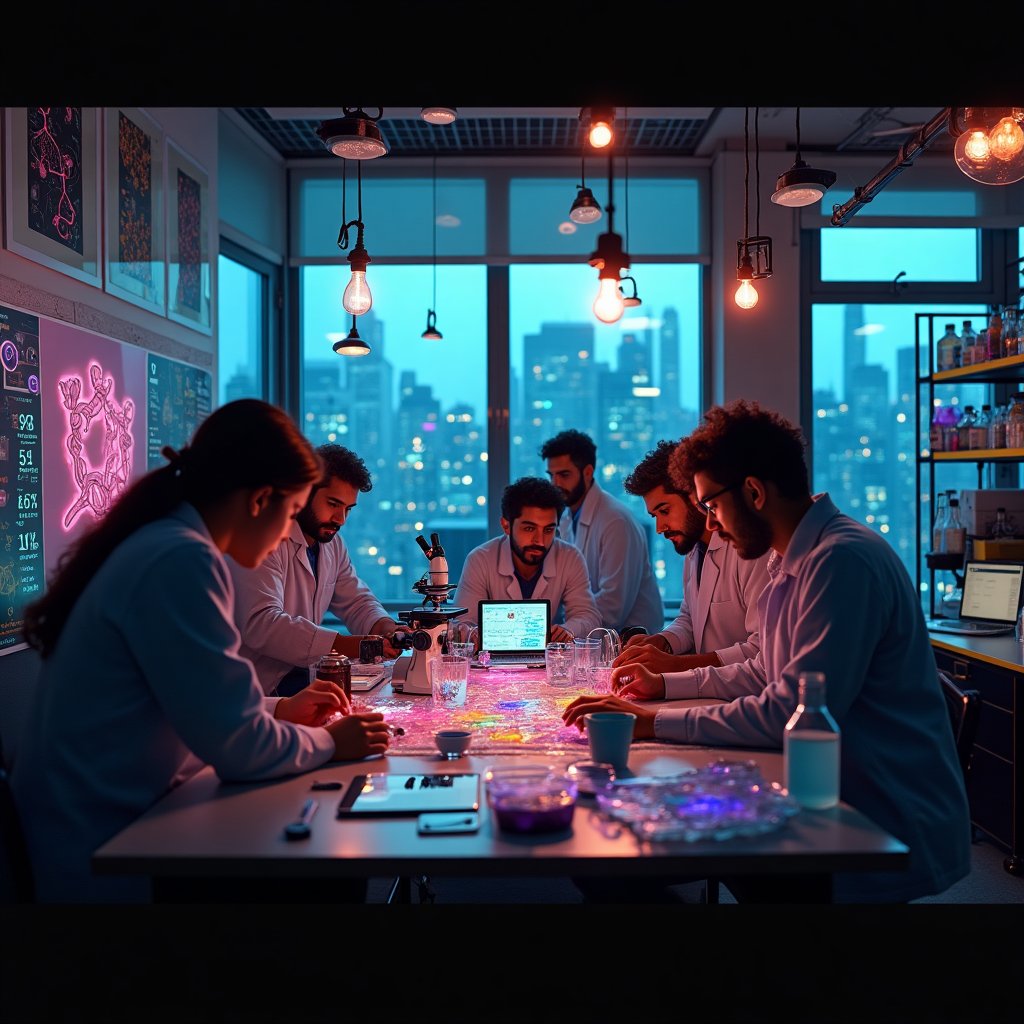
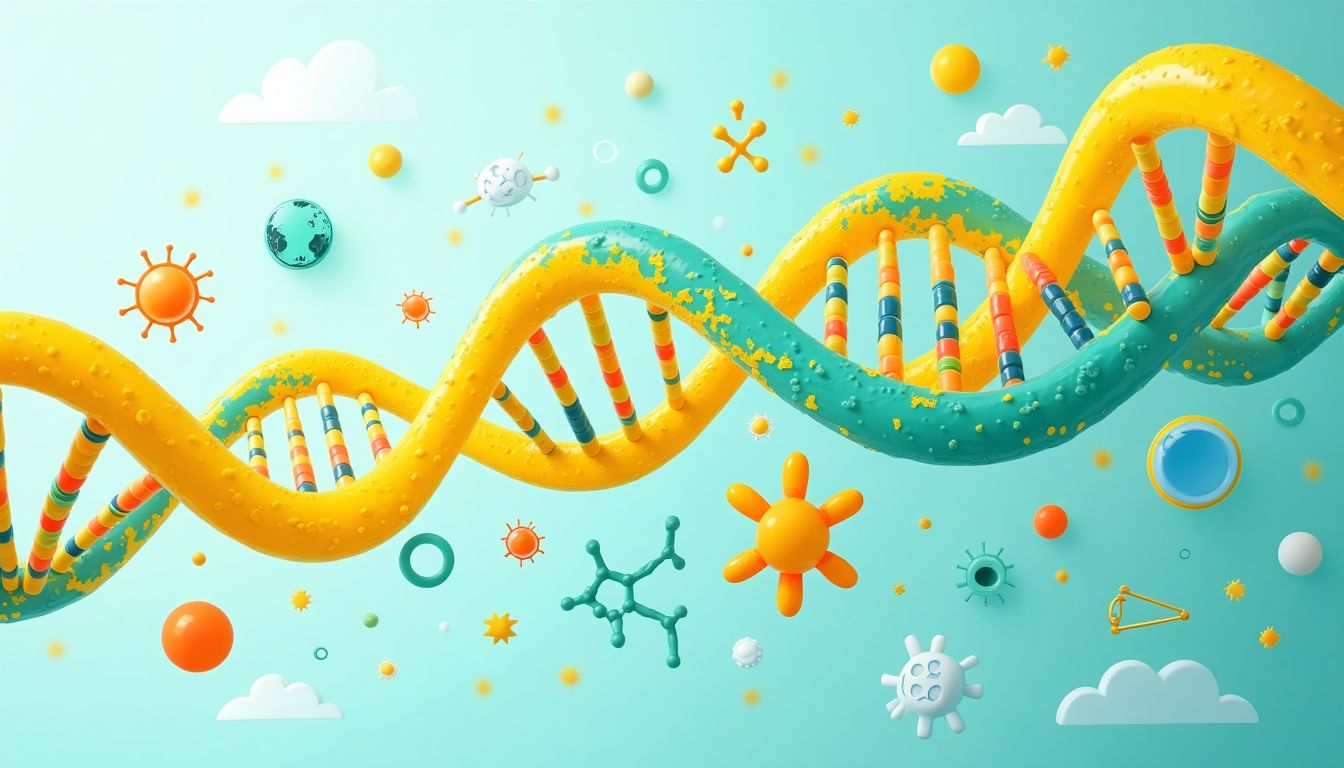
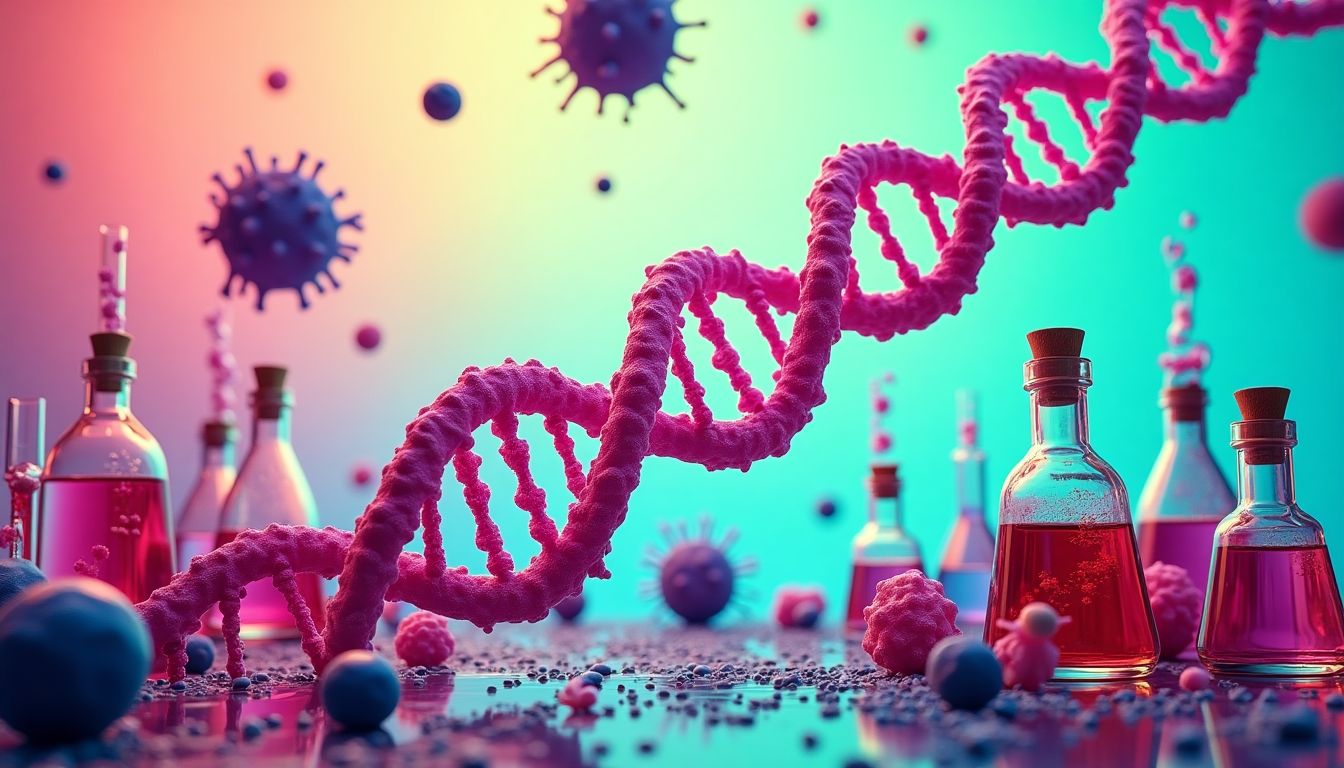
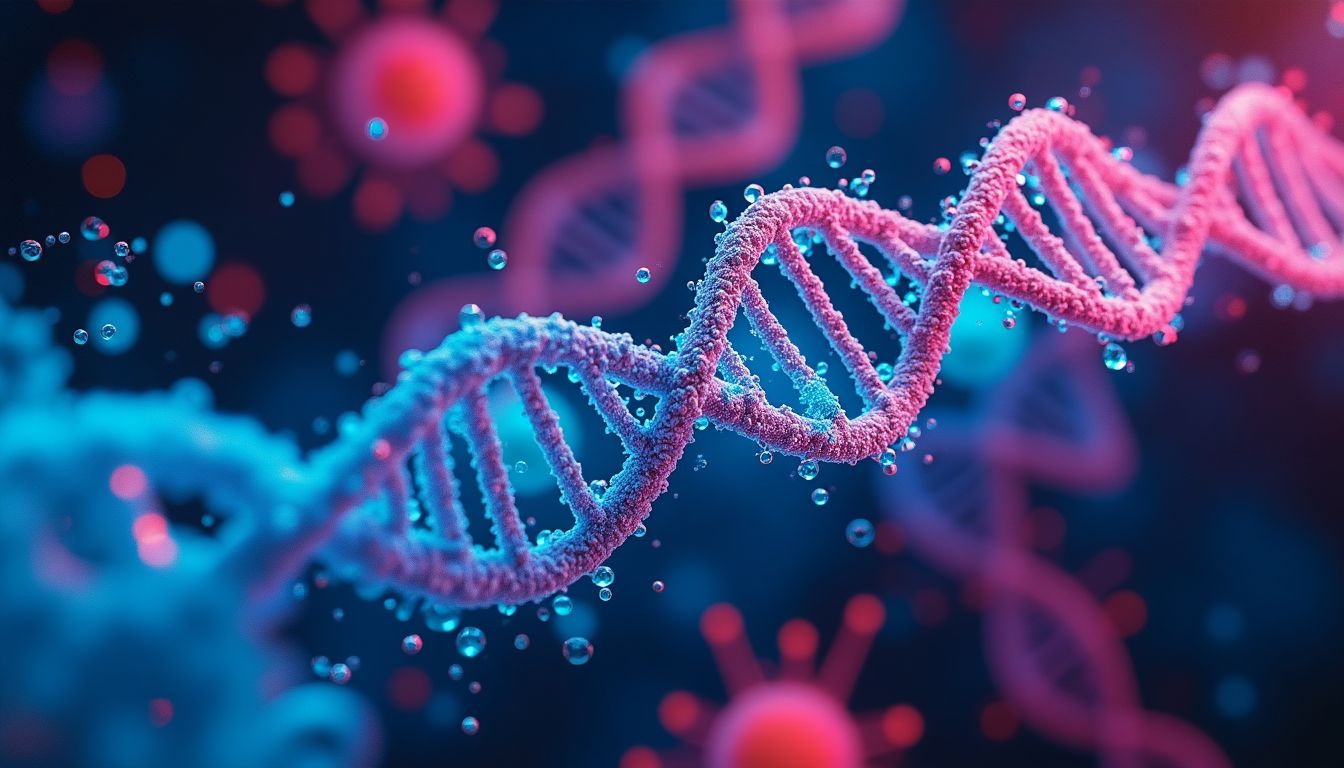
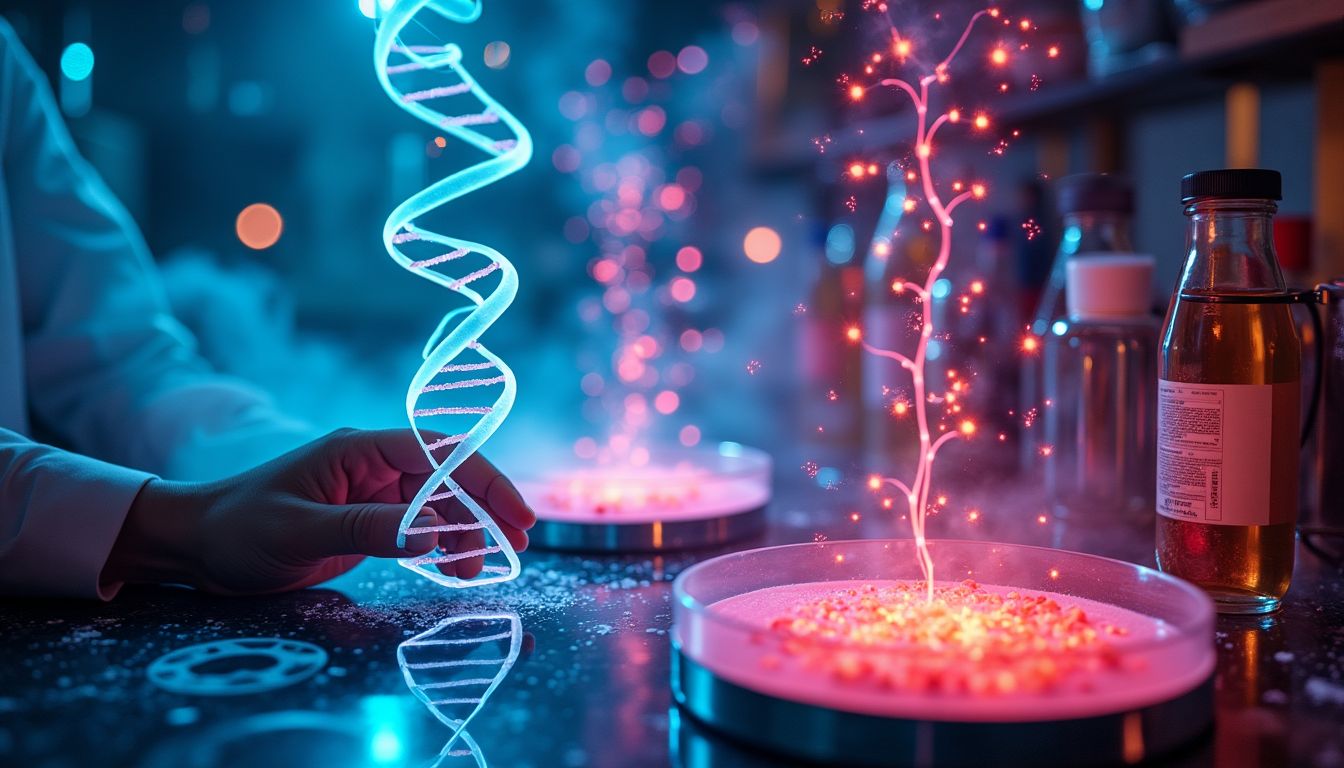
























Post Comment
You must be logged in to post a comment.